Challenges of Night Driving
Welcome to our quick and easy driving information guide
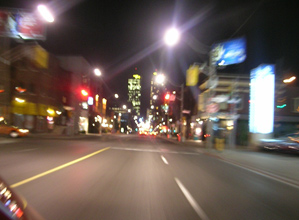
Driving at night is more dangerous because 90% of a drivers reaction depends on vision, and vision is severely limited at night. (Depth perception, color recognition, and peripheral vision are limited at night.)
Make sure you can stop within the distance lighted by your headlights. Glare can also reduce visibility.
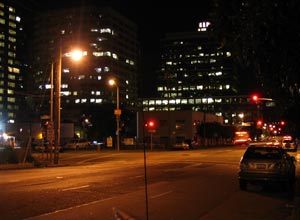
Another factor adding danger to night driving is fatigue. When you are tired, you are less alert. The body naturally becomes fatigued at the end of the day, and this increases as the night continues. You may not see hazards or react as quickly, so the chance of a collision is greater. If you are drowsy, the only safe choice is to get off the road and get some sleep. If you don't, you risk your life and the lives of others.
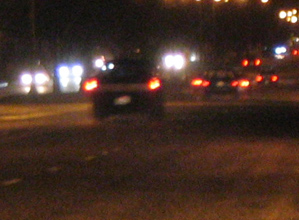
It is more difficult to judge other vehicles' speeds and distances at night. Do not overdrive your headlights. Otherwise, you are creating a blind collision area in front of your vehicle.
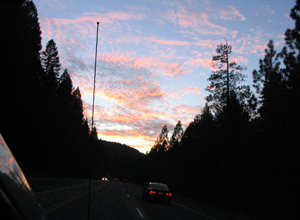
When following another vehicle, keep your low-beams on to avoid blinding the driver ahead of you.
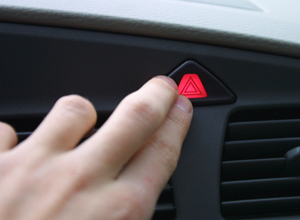
If you have car trouble at night, pull off the road as far as possible and turn on your hazard lights.
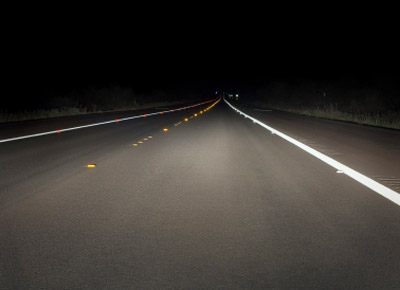
Use your high-beam lights when driving in rural areas and on open highways away from urban and metropolitan areas.
When leaving a brightly lit place, drive slowly until your eyes adjust to the darkness.
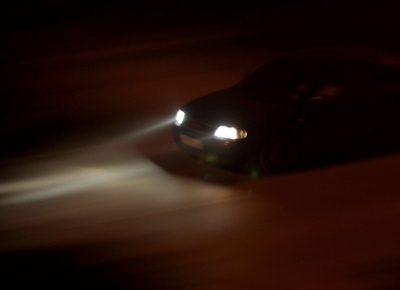
If you are driving with your high-beam lights on, you must dim them at least 500 ft from any oncoming vehicle, so you don't blind the oncoming driver.
You must use low-beam lights if you are within 200-300 ft of the vehicle you are following.
Consult your state's Drivers Handbook for details.
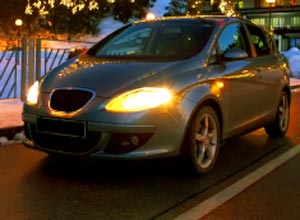
If an approaching car is using its high-beams, don't look directly into the oncoming headlights—look toward the right edge of your lane. Watch the oncoming car out of the corner of your eye.
Do not try retaliating against the other driver by keeping your high-beam lights on. If you do, both of you may be blinded.
© 1997-2025 DriversEd.com. All rights reserved. Please see our privacy policy for more details.






